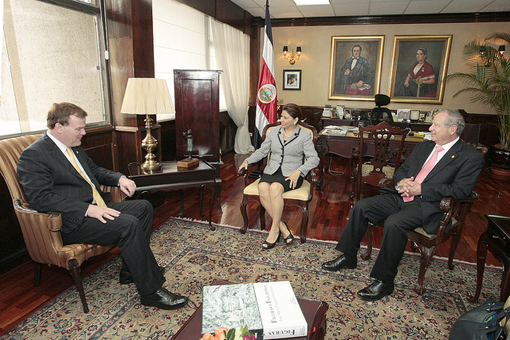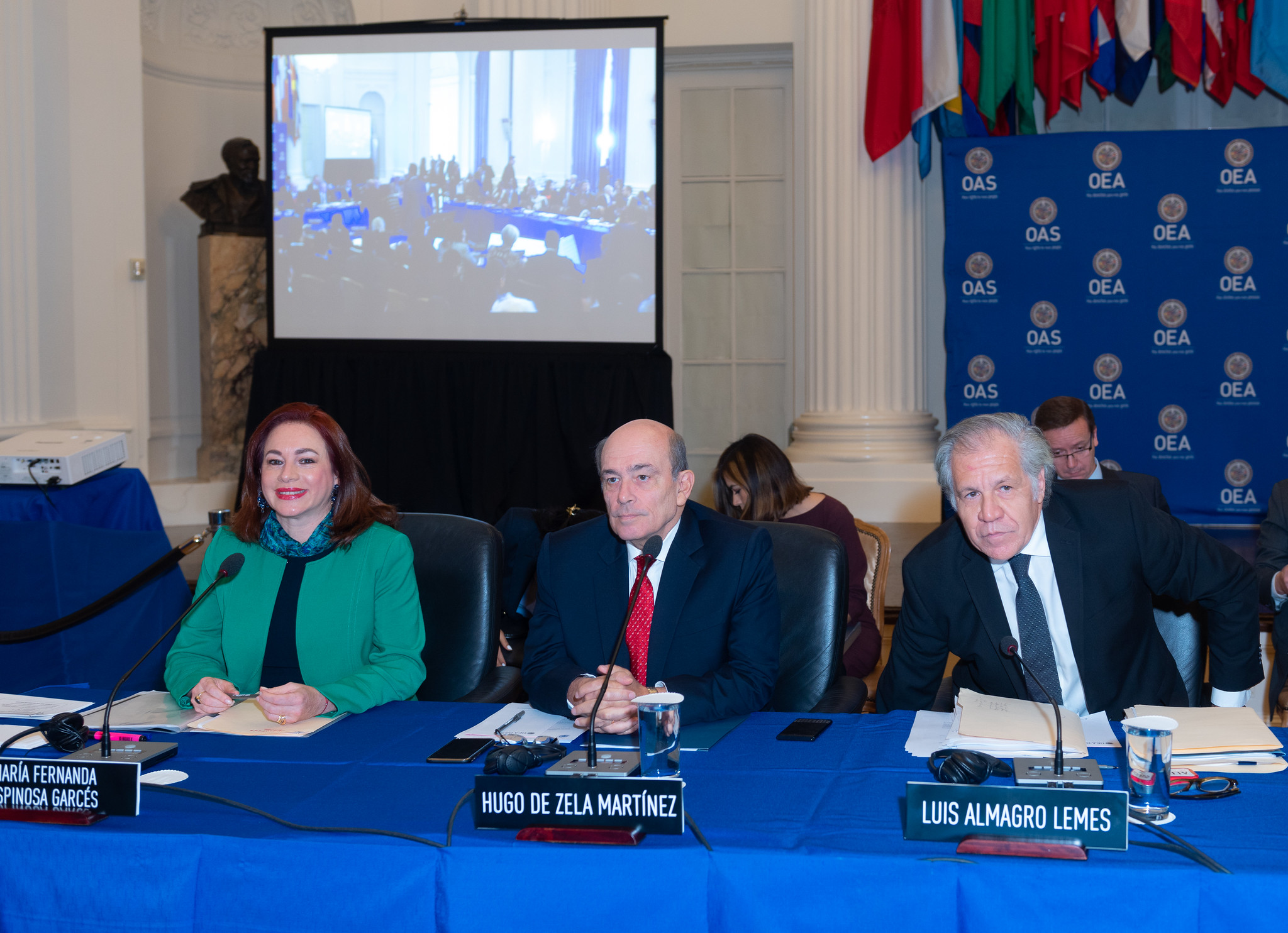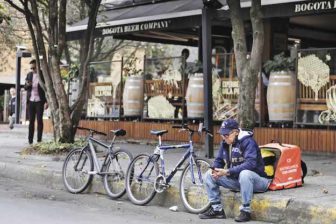Globe-trotting John Baird, Canada’s foreign affairs minister, returned to Canada recently after a 13-day trip to Latin America that began on July 28. The trip—his second to the region this year—took him to Nicaragua, Costa Rica, Colombia, Chile, Paraguay, Uruguay, and Brazil with a focus in each country of promoting business opportunities and exploring new opportunities for bilateral engagement.
The trip reinforced Prime Minister Stephen Harper’s commitment, dating back to 2007, to make Latin America a top foreign policy priority for his government.
For Canada, Latin America has already received much attention this year. In February, Minister Baird visited six countries, stopping in Mexico, Peru, Panama, Dominican Republic, Venezuela, and Cuba. Cuba was the first visit by a Canadian foreign affairs minister since 1997. In May, Prime Minister Harper visited Peru and Colombia, attending the Pacific Alliance leaders’ Summit in Cali, Colombia.
Baird’s second trip comes at a time when Canada’s engagement strategy in the Americas is being questioned. The junior minister for the Americas position was removed during Harper’s July 15 shuffle after Calgary Member of Parliament Diane Ablonczy, who had held the position, announced her retirement. The decision to abolish the position sent the message, says New Democrat junior foreign affairs critic, Hélène Laverdière, that Canada was “disengaging” from the Americas.
Not so, insists Baird’s aide and press attaché, Rick Roth. The minister’s second trip was announced before the shuffle, he says. It was meant to show that Canada is not retreating from the Americas but that Ottawa is actually “stepping up its priority focus on the region,” according to an e-mail for this article.
Under the new arrangement, Baird will actually “spend a lot more time on the Americas file” than he did before, says Roth. Lynne Yelich, named to the Cabinet as a minister of state for foreign affairs and consular, will assist Baird. Her mandate includes but is not limited to the Americas.
But the overall impression is that Canada’s Strategy of Engagement in the Americas has pretty well “run its course” because it has mostly accomplished what it set out to do, says Carlo Dade, an expert on Latin America at the University of Ottawa.
“We’ve done as much as we’re going to do in the Americas, he says. The government should move on.”
Free-trade agreements (FTAs) have been signed with Peru, Colombia, Costa Rica and recently with Panama, which entered into force on April 1. Honduras is next in line.
Dade says Canada has signed a ring of FTA deals on Latin America’s Pacific coast but these countries are much more interested in doing trade with Asia and have signed several FTAs with that bigger market, leaving Canada on the sidelines. Brazil sees Canada as a “second-rate power in the hemisphere” and Argentina is also not interested in signing a free trade deal with Canada, says Dade. There are also irritants like the Canadian visa requirements for Mexican travelers.
However, Canada’s strategy in the Americas has been largely successful, Dade adds, in that it has “evened out the playing field with our largest competitor, the Europeans, the Asians and the Americans.”
Canada played its cards well by beating the Americans by a few months to a FTA with Colombia, which it ratified in 2008. Under the deal, Canadian wheat exports to Colombia shot to $100 million a year, on top of auto parts sales and other exports, prompting the U.S. to wake up and quickly sign a similar free trade deal.
The region has a lot of potential for economic growth. Canada has more FTAs with Latin American and Caribbean states than it has signed with the rest of the world, argues Roth. Those agreements and other types of investment treaties contributed to a 32 percent increase in bilateral trade with the region from 2007 to 2012, he adds.
Canada is also eyeing full membership in the Pacific Alliance after being granted observer status last October..
But over the long run, Canada will eventually lose out in Latin America if the primary focus is on maintaining its position while more aggressive countries like South Korea are much visible on the ground. Dade gives Canada credit for those high-level missions in Latin America but warns “this is all we’ve got.”
Still, Baird’s second trip to the region this year is a sign that Latin America is still a high priority for Canada.
During his visit, Baird agreed to a number of security initiatives.
Canada will help Colombia counter terrorist threats by providing Colombia’s National Police with $550,000 worth of equipment, protective masks and suits to respond to chemical, biological or nuclear attacks. Grants for crisis management and response strategies to counter bioterrorism and weapons of mass destruction will go to Colombia, The Bahamas, Mexico, Panama, and Trinidad and Tobago. Under a joint Canada-Chile initiative, Chilean experts will train police officers in El Salvador and Guatemala to conduct better homicide investigations and to analyze evidence in the hopes of increasing arrests for crimes linked to drug-trafficking organizations. In Paraguay, Baird announced a new program to help the newly-elected Congress to “strengthen legislation transparency and advance open governance.”
In Brazil, Baird initiated dialogue on space cooperation, and made progress on a defense cooperation agreement. About 7,000 Brazilian students—up from 4,000 today—are expected to be studying in Canadian universities by January 2014.
All these measures help Canada maintain visibility in Latin America but it remains to be seen what long-term spinoffs Baird’s two-week trip will actually yield. Still, it does reinforce Prime Minister Harper’s determination that Latin America remain front-and-center in Canada’s external relations.








